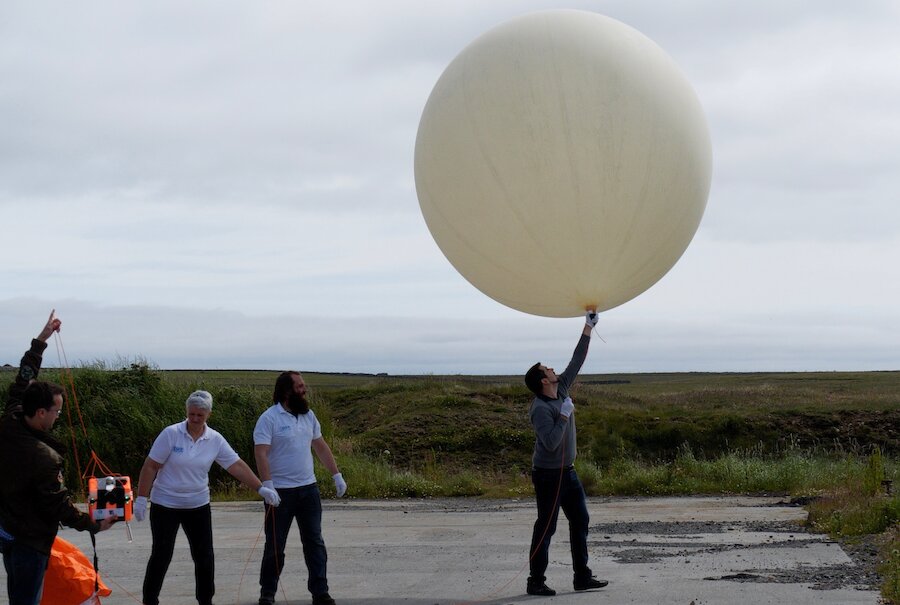Commercial space flight is now becoming a reality and the new frontier to tame and standardise. In this setting, the island of Unst, the most northerly inhabited landmass of the UK, finds itself at the forefront of this new industry.
Sending rockets into orbit, and beyond, is no longer a goal that only a prosperous government would consider. Big business is pushing the space race forward with satellite technologies we all use every day. Through the ambition and foresight of those behind the Unst-based Shetland Space Centre, the means to deliver these satellites into orbit from Shetland may be only a year or so away.
The UK’s new satellite launch marketplace is in a phase of relatively fierce competition with several parts of the UK vying to become established launch points. Unst sits as a prime contender due to its location and geography. A main requirement for sending the newest phase of satellites into orbit is a north-south launch trajectory and the north of Unst is ideal for this.
Unst has always been a centre of activity for new ventures. Its position in the centre of the North Sea/Atlantic Ocean divide has made it an industrial hub since the Viking era. Fishing fleets favoured the harbour at Baltasound from earliest times and the 70s North Sea oil era brought a dedicated and busy airport with regular fixed wing and helicopter flights to serve the industry. Unst also has track records in specialist quarrying and aquaculture. The Saxa Vord RAF base sported the cutting edge of Radar technology from World War II onward, and still does today. For an island seemingly on the periphery of its sovereign state, with a population of just over 600, this is no backwater.

